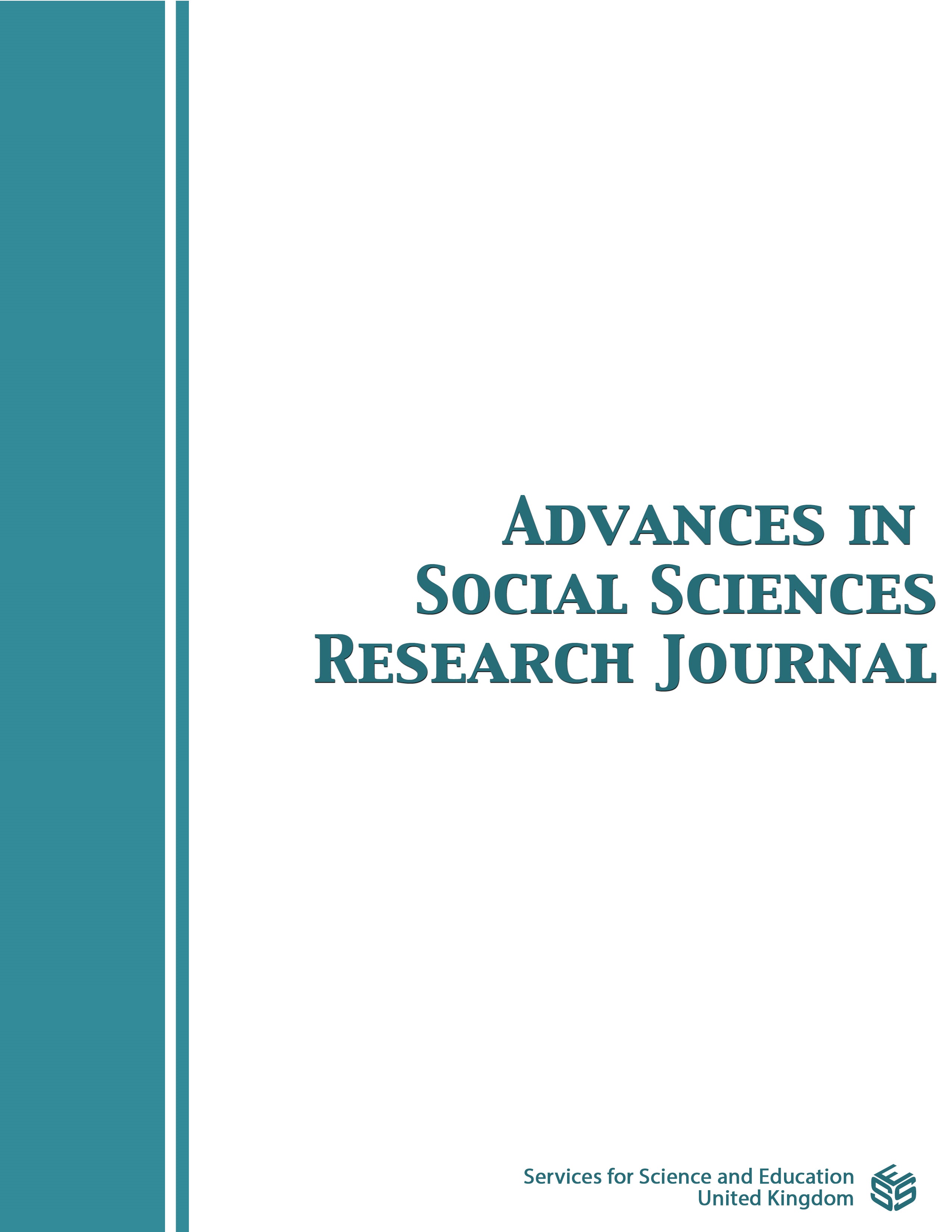Protective Factors for Sexual and Gender Minoritized Youth
DOI:
https://doi.org/10.14738/assrj.103.14194Keywords:
ecological systems theory, LGBTQ youth, protective factors, sexual and gender minority youthAbstract
Sexual and gender minoritized youth (SGMY) experience disproportionate rates of negative health and behavioral health outcomes relative to their heterosexual and cisgendered peers. Ample research has been dedicated to understanding the risk factors that may contribute to this disparity, however, less is understood regarding what protective factors may exist for this population. The purpose of this paper is to identify protective factors’ present throughout multiple levels of SGMY’s ecology and demonstrate how these protective factors may be important for the promotion of SGMY’s health and well-being. This paper utilizes multiple theories previously used to explore SGMY disparities, ultimately applying an adapted ecological systems framework to organize SGMY protective factors and their impacts. Application of this theoretical lens is vital to understanding the complex interaction of factors that influence SGMY development.
Downloads
Published
How to Cite
Issue
Section
License
Copyright (c) 2023 Olivia Oropeza, M. S., Victor William Harris, Ph.D.

This work is licensed under a Creative Commons Attribution 4.0 International License.
Authors wishing to include figures, tables, or text passages that have already been published elsewhere are required to obtain permission from the copyright owner(s) for both the print and online format and to include evidence that such permission has been granted when submitting their papers. Any material received without such evidence will be assumed to originate from the authors.






